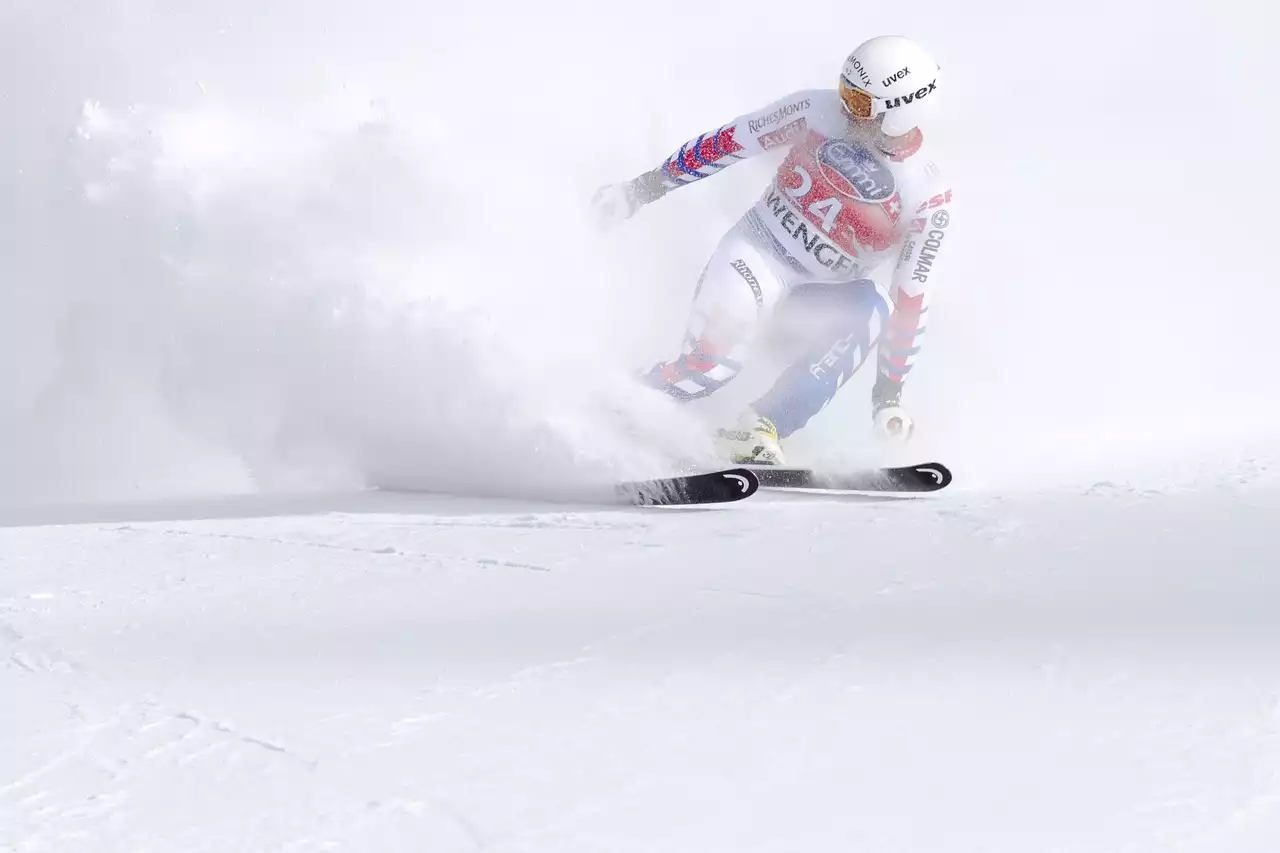What is Freeriding?
Freeriding is a form of skiing or snowboarding that takes place on unmarked or un-groomed terrain, often in the backcountry. Unlike traditional skiing or snowboarding, freeriding is not about speed or racing, but about creativity and style. Riders are free to choose their own lines down the mountain, using natural features like cliffs and trees as obstacles and jumps. Freeriding is a combination of skiing or snowboarding, mountaineering, and surfing, as riders navigate the mountain with a sense of flow and rhythm. It requires a high level of skill, physical fitness, and mental toughness to succeed in this sport.
What is Freeriding?
History of the Freeride World Tour
The Freeride World Tour was first established in 2008, as a way to showcase the top freeriders in the world and provide a platform for them to compete. The tour started with four events in Europe and North America, and has since expanded to include events in Asia and Oceania. Each event is held on a different mountain, with unique terrain and challenges for the riders. The tour culminates in the Freeride World Tour Finals, where the top riders compete for the championship title. The Freeride World Tour has helped to elevate freeriding to a mainstream sport, with a growing audience and increasing recognition.
Top 10 Lines of All Time I Ski Men
The Rules and Judging of the Freeride World Tour
The Freeride World Tour is judged on a combination of factors, including line choice, control, fluidity, technique, and style. Each rider is given one run down the mountain, and is judged on their overall performance. The judges are looking for riders who can navigate the mountain with speed and control, while also incorporating creative and stylish maneuvers. Points are deducted for mistakes or crashes, and riders can also receive bonus points for exceptional performances. The scoring system is complex, and takes into account a variety of factors to ensure fair and accurate judging.
Competing in the Freeride World Tour
To compete in the Freeride World Tour, riders must first qualify through a series of regional events. These events are held around the world, and provide riders with the opportunity to showcase their skills and earn a spot on the tour. Once on the tour, riders must travel to each event and compete against the best freeriders in the world. The tour is physically and mentally demanding, and requires a high level of commitment and dedication. Riders must also be prepared to take on the risks associated with freeriding, including injury and death.
The Thrill and Danger of Freeriding
Freeriding is a sport that combines thrill and danger in equal measure. Riders are constantly pushing the limits of what's possible, taking on steep terrain, deep powder, and massive jumps. The rush of adrenaline that comes with freeriding is unmatched, as riders navigate the mountain with speed and precision. But with this thrill comes danger. Freeriding is a risky sport, and riders must be aware of the potential dangers at all times. Avalanches, rock falls, and other hazards can pose a significant threat to riders, and accidents can happen in an instant. Safety is a top priority in freeriding, and riders must take precautions to minimize the risks.
Famous Freeriders and their Signature Moves
Over the years, there have been many famous freeriders who have left their mark on the sport. From Candide Thovex's backflips to Travis Rice's epic lines, these riders have pushed the boundaries of what's possible on a snowboard or skis. One of the most famous freeriders of all time is Shane McConkey, who pioneered the sport of ski BASE jumping and was known for his innovative and daring moves. Other famous riders include Xavier De Le Rue, Sammy Carlson, and Sage Kotsenburg. Each rider has their own unique style and signature moves, making freeriding a truly personal and creative sport.
The Future of Freeriding
As freeriding continues to grow in popularity, the future of the sport looks bright. New technologies and equipment are constantly being developed to help riders push the limits even further. The Freeride World Tour is expanding to new regions, and more athletes are getting involved in the sport. However, with this growth comes the responsibility to ensure that the sport remains safe and sustainable. Environmental concerns, safety regulations, and other issues will need to be addressed to ensure that freeriding can continue to thrive.
Tips for Freeriding Safely
If you're interested in trying freeriding, it's important to take safety seriously. Here are some tips to help you stay safe on the mountain:
- Always wear a helmet and other protective gear.
- Take a freeriding course to learn the necessary skills and techniques.
- Check the weather and snow conditions before heading out.
- Always ride with a partner or group, and establish a communication plan.
- Be aware of your surroundings and potential hazards.
- Know your limits, and don't take unnecessary risks.
Freeriding is an exciting and exhilarating sport, but it's not without its risks. By taking precautions and staying safe, you can enjoy all the thrills and spills of freeriding while minimizing the dangers. So, if you're ready to ride the edge and push the limits of what's possible, then freeriding may be the perfect sport for you.











.png?size=50)